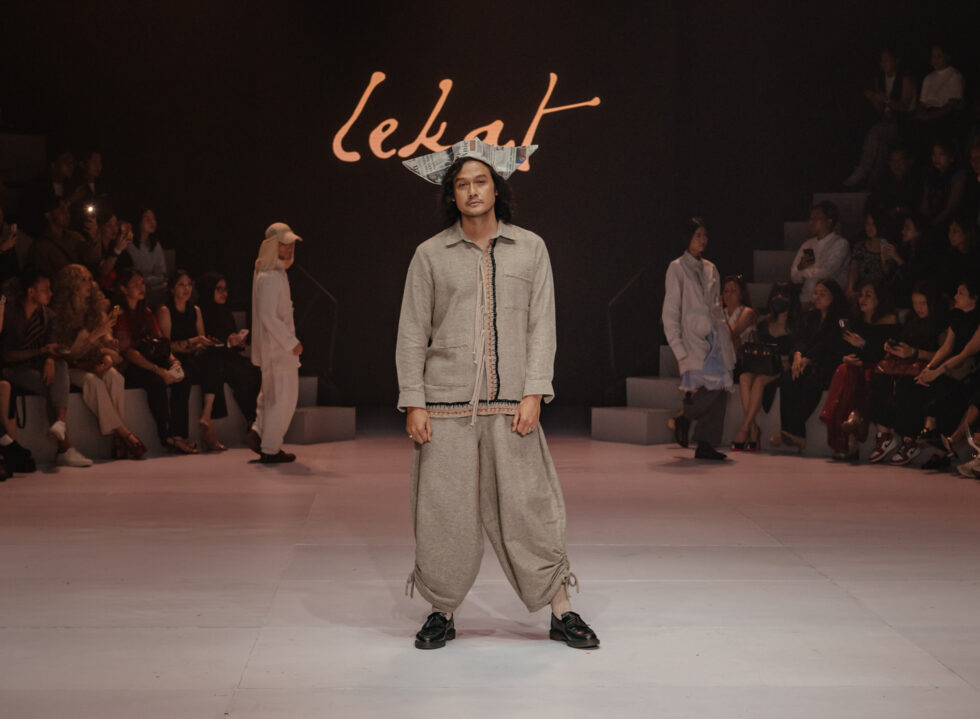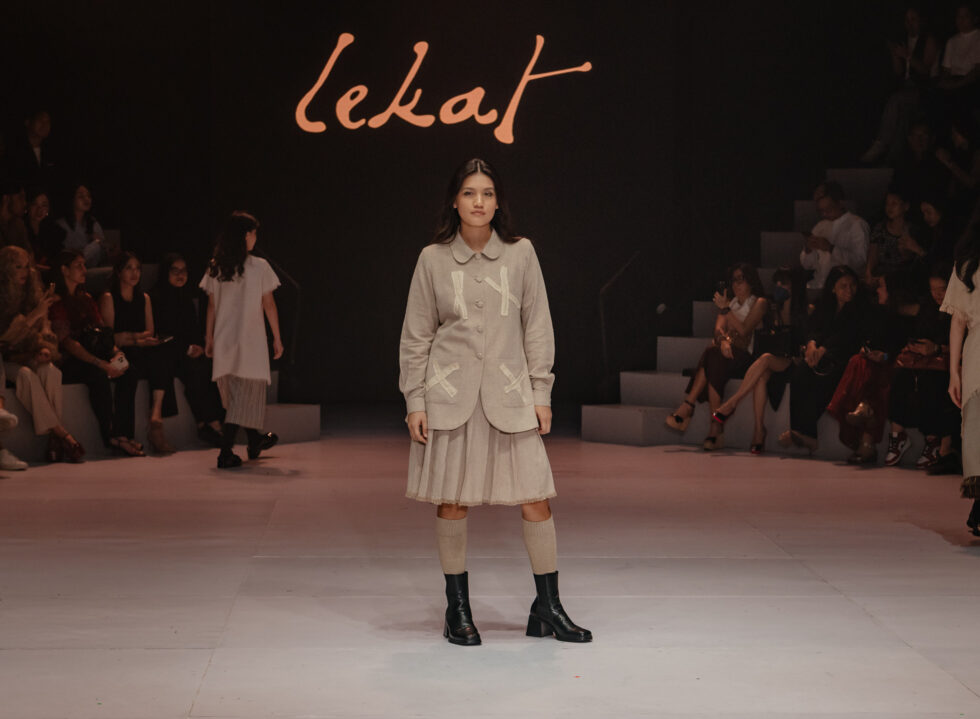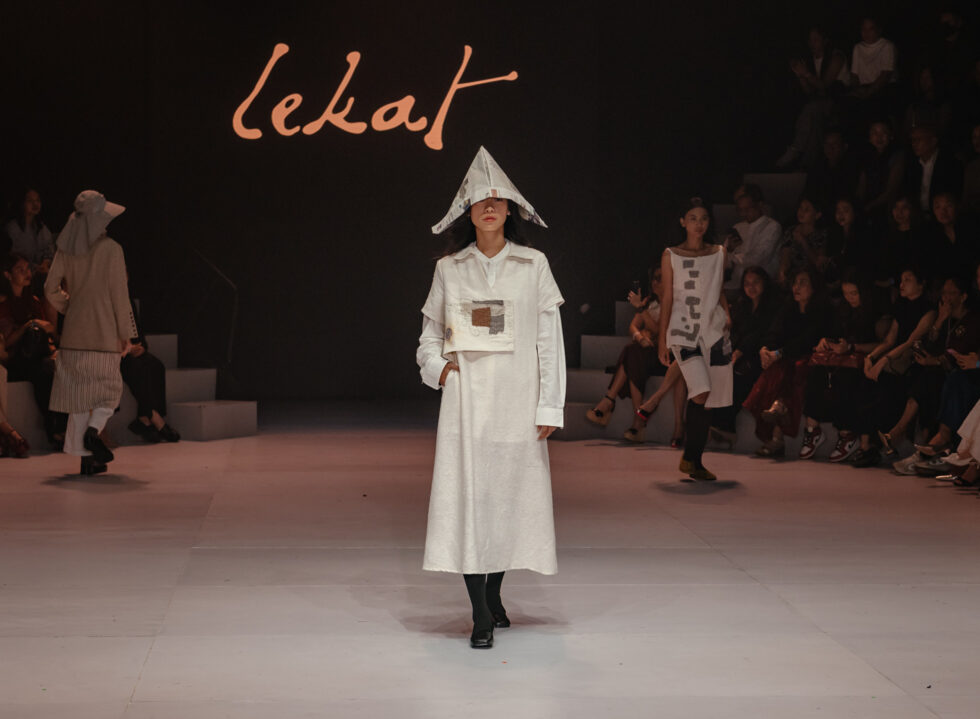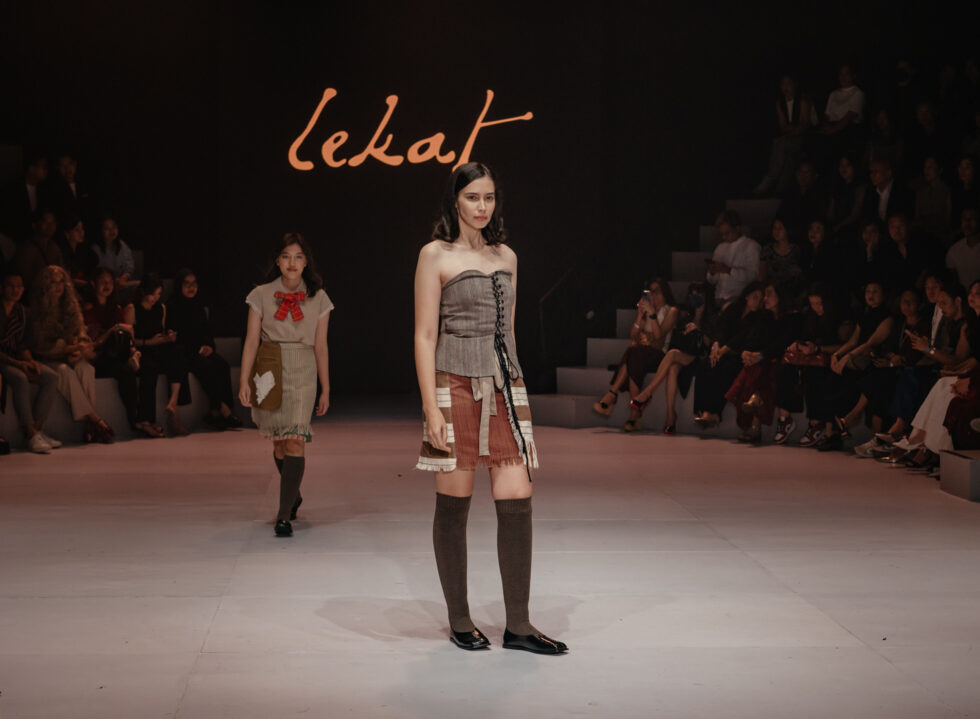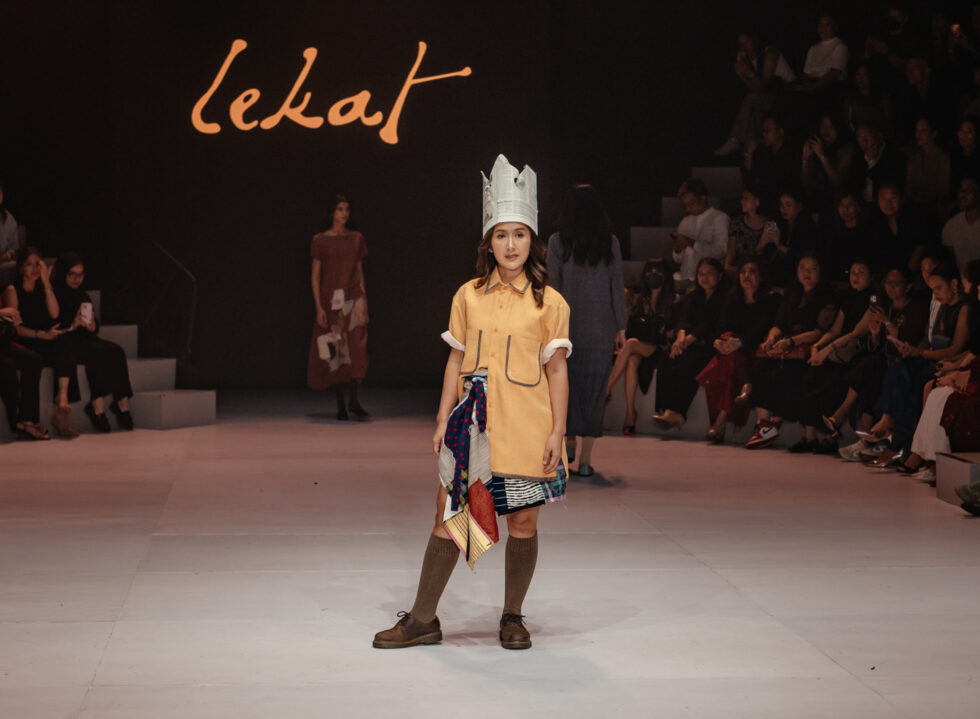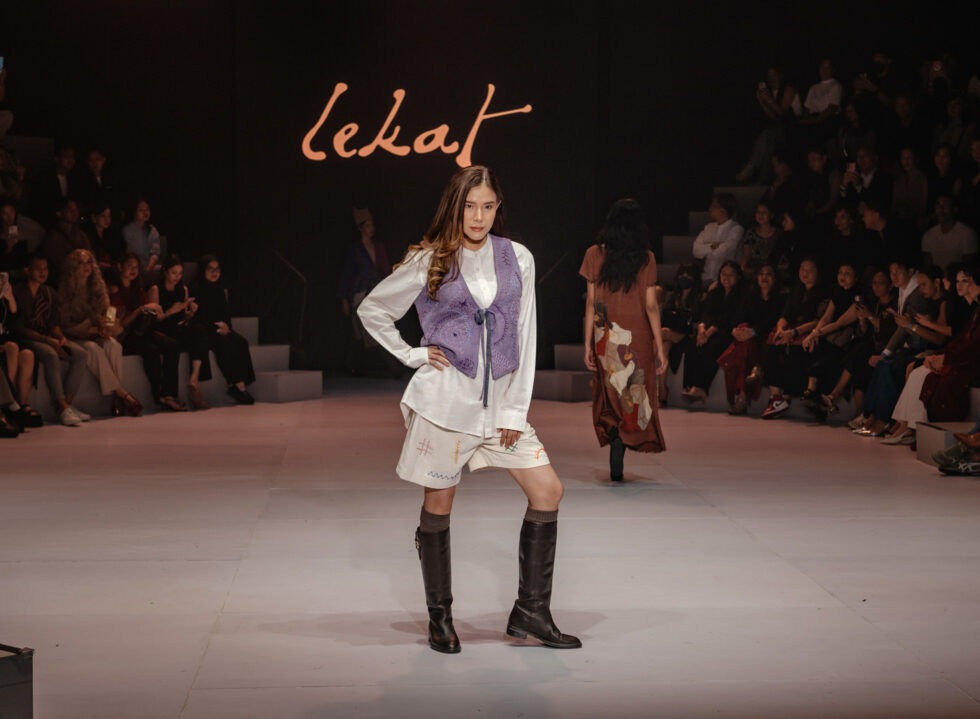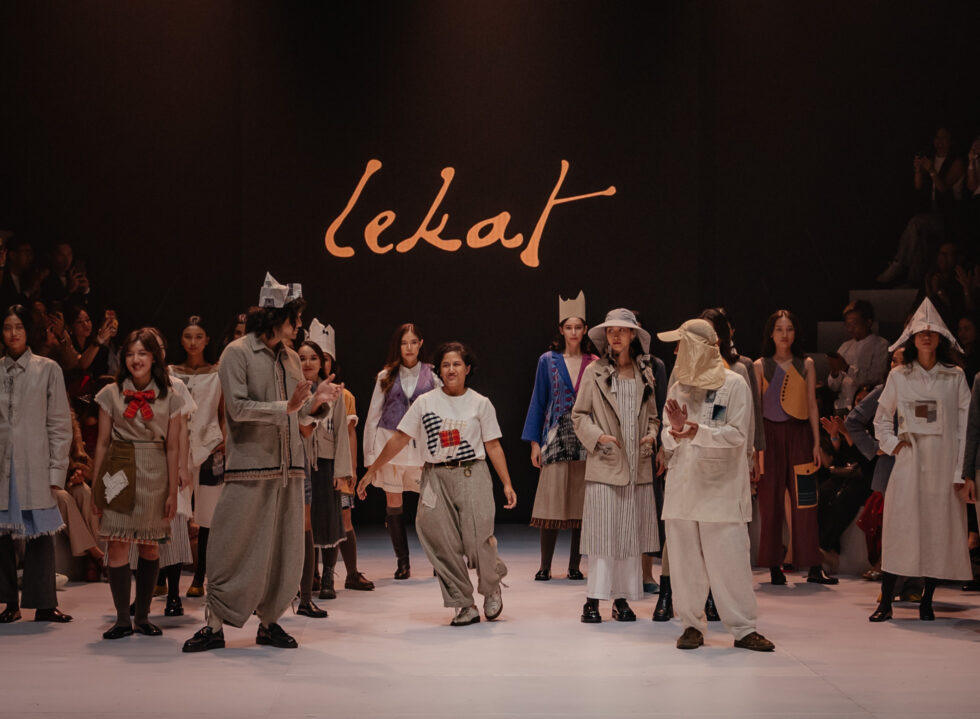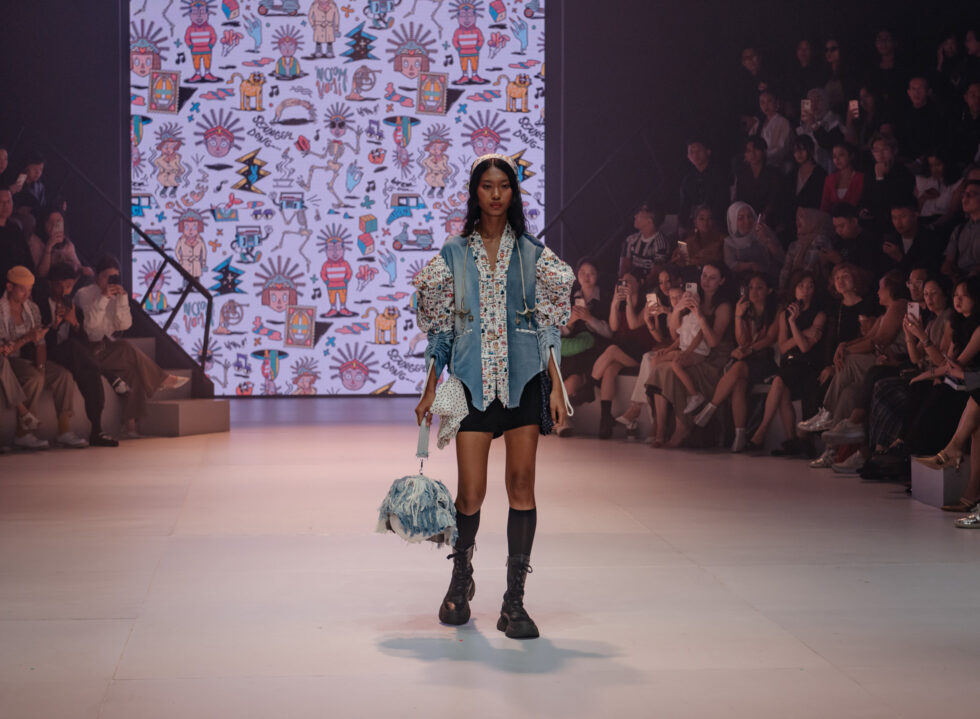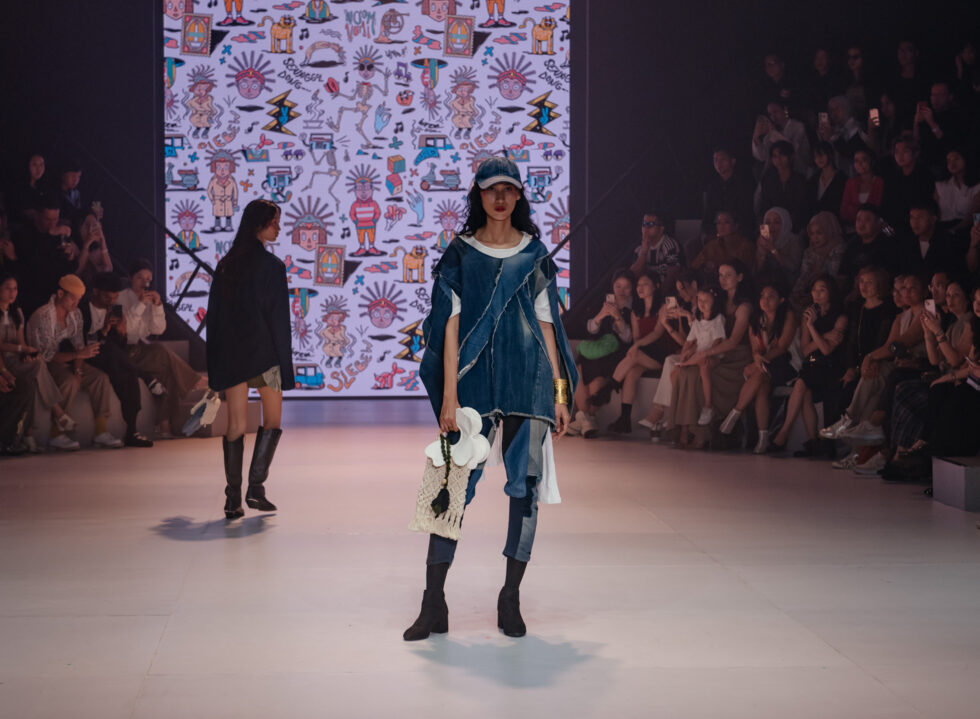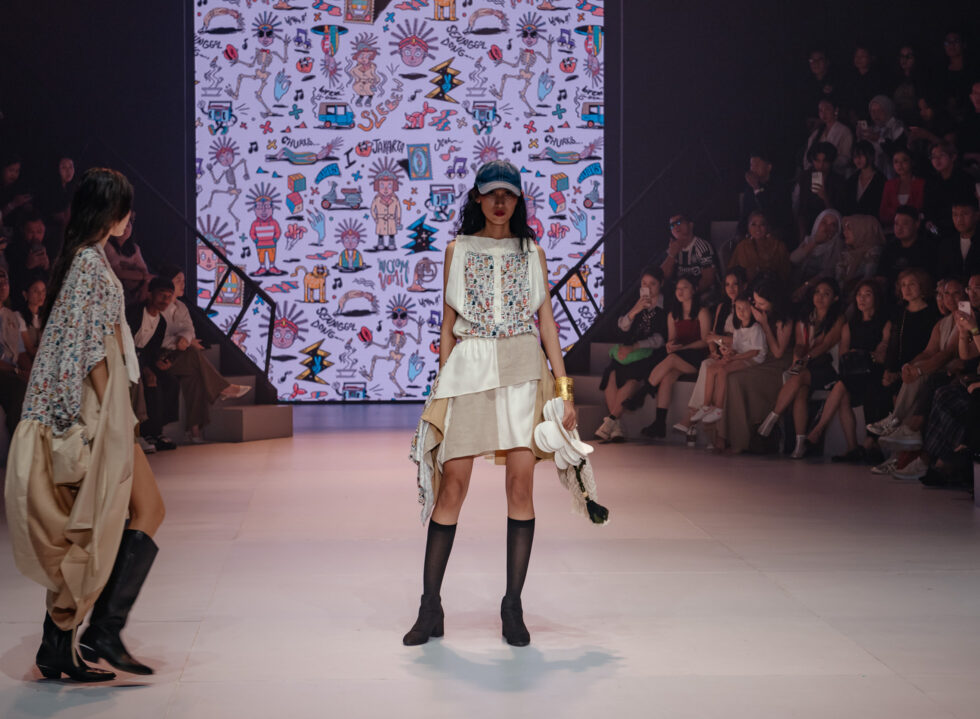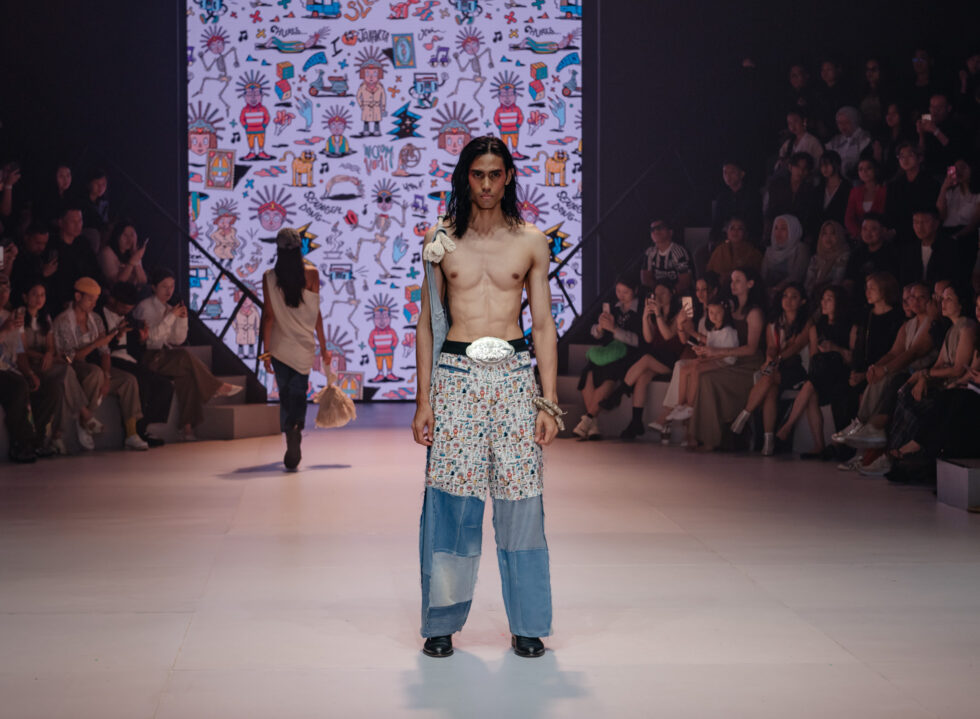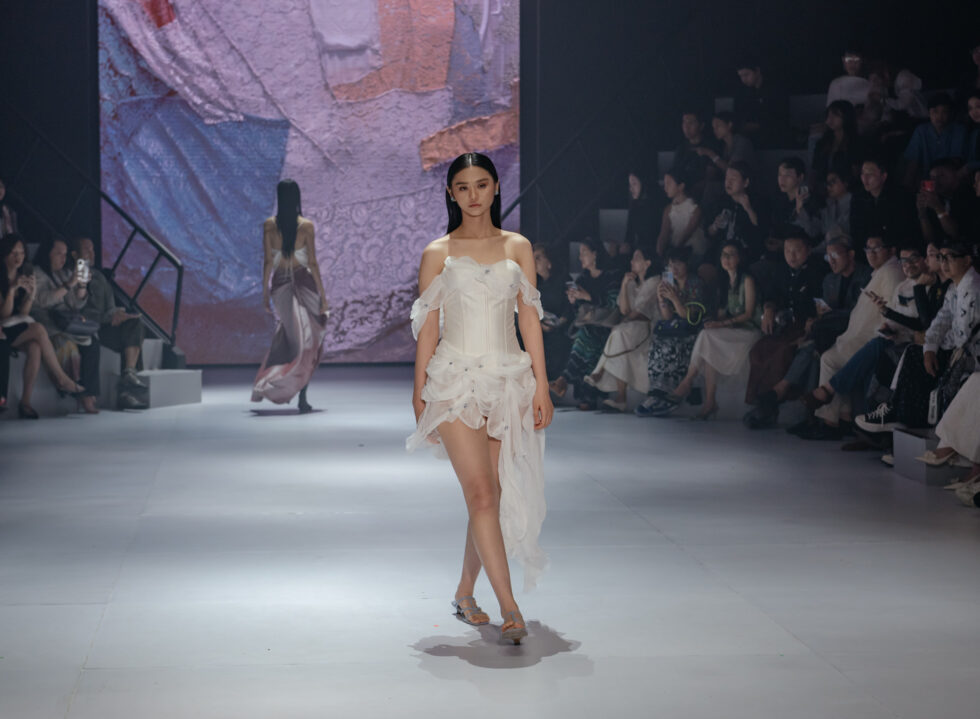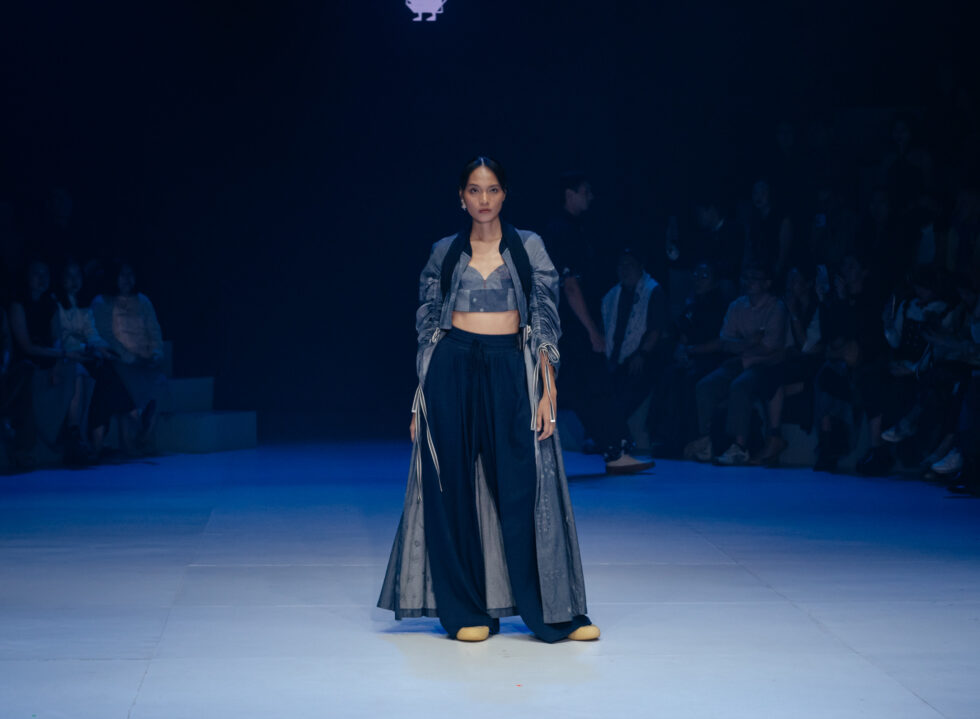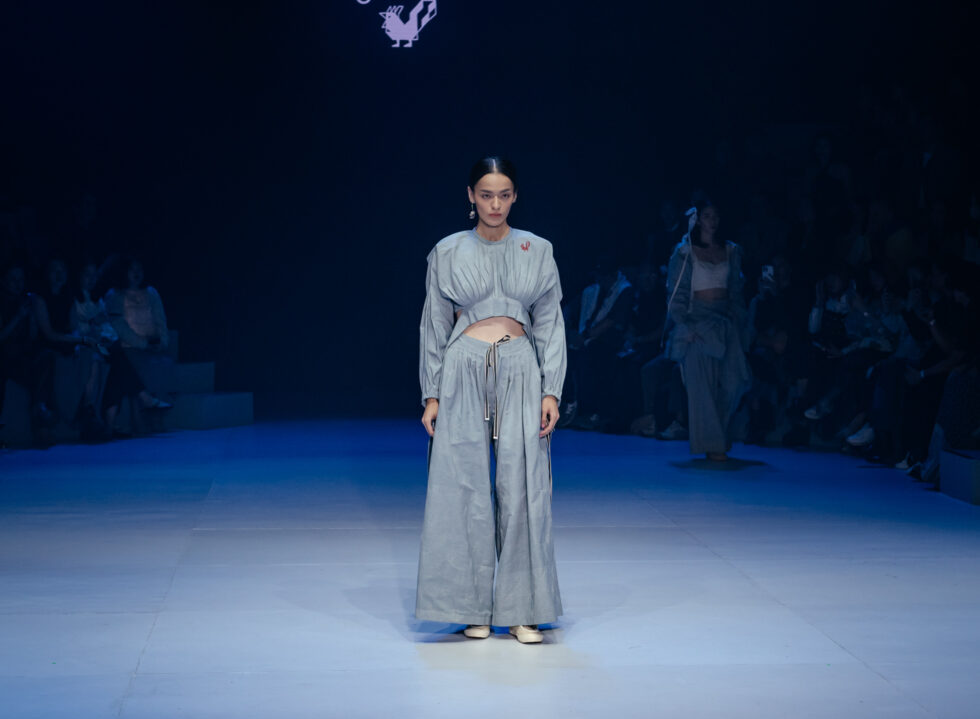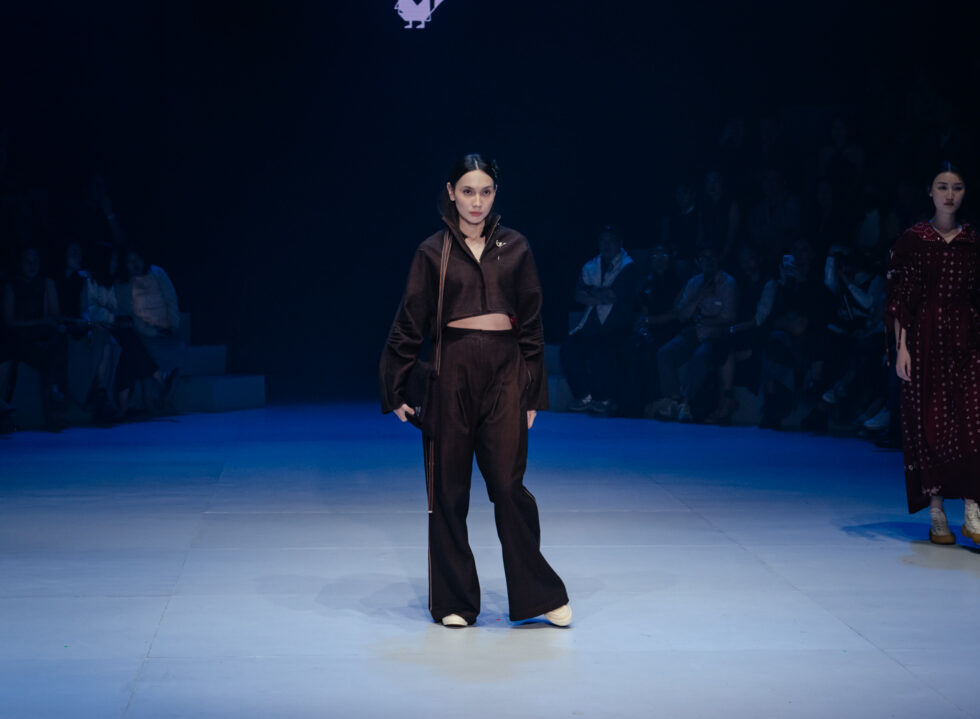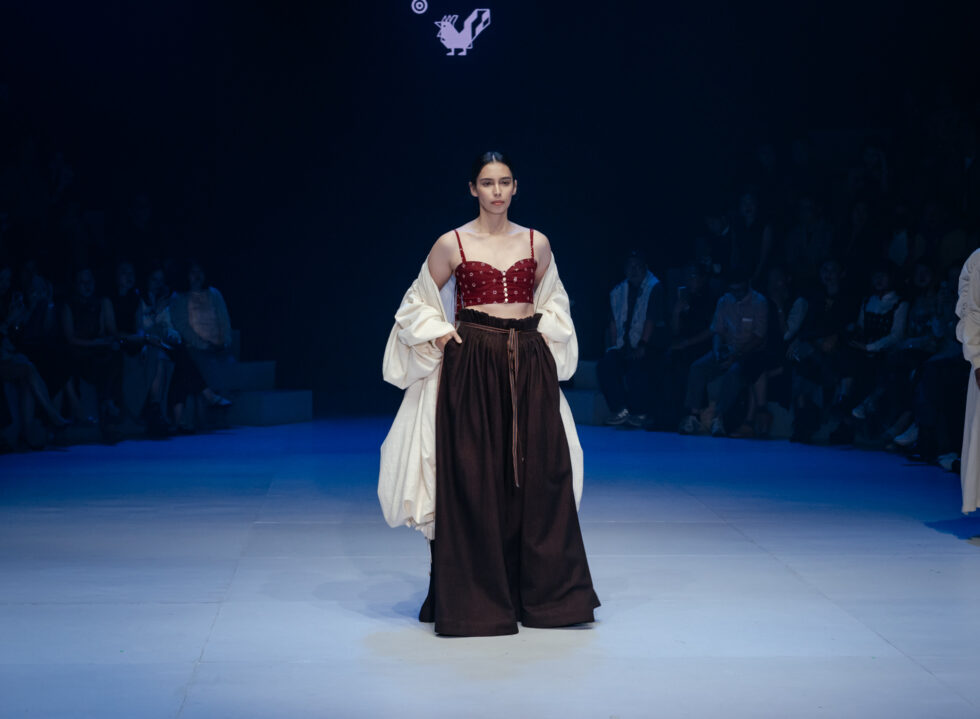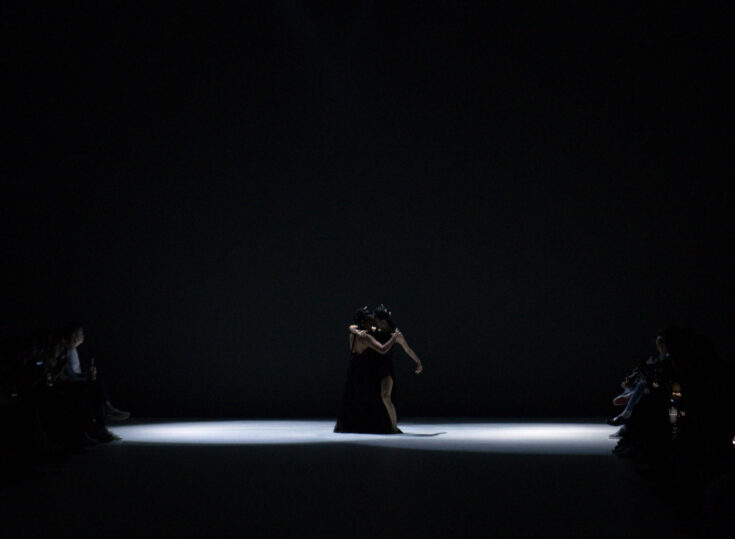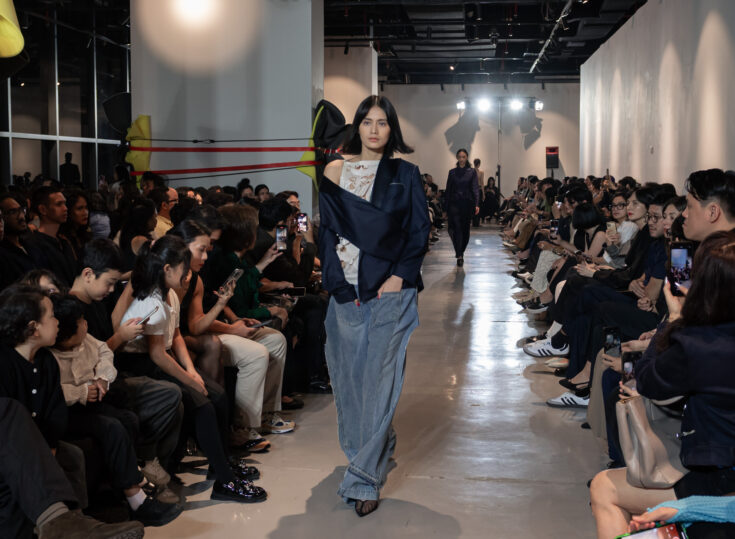In many ways, this year’s Plaza Indonesia Fashion Week (PIFW) served as a reintroduction to many of the local designers who haven’t been staging shows, or altogether active, within the industry since the onset of the pandemic.
Felicia Budi of fbudi has mainly stepped away from the spotlight for years, focusing on her private clientele and the boutique store at Ruko Roxy Mas E2/30, which closed down in late 2023. Many designers tend to name their collections in grandiose titles that do little to let the audience in on the clothes they are presenting. But starting from the name of the collection ‘Reprise’, Felicia exhibited her sharp focus from the get-go.
The designer has been conscious about sustainability since years ago, making sure to generate as little waste as possible during the creation of her collection, even before the word has become a widely adopted marketing strategy within fashion. Similarly for this collection, new and upcycled material were deftly utilised, combined with Felicia’s knack for draping and her love for texture.
An elegant pearl-white asymmetrical shift dress is held together with thin straps and delicately covered with gossamer fabric in delicate knots that cascade down to the feet like liquid. It appeared like Felicia’s own version of The Birth of Venus. The collection also offered Felicia a platform to show the evolution of her design, picking up where she left off. For example, the simple floor-length white tube dress in fabric that resembles the texture of a grainy wall, harked back to the collection almost a decade ago when she was exploring Tyvek as the main material.
It’s clear that Felicia has a clear vision as shown through the exploration of textiles and techniques, which feels like looking at a solid body of work. And ‘Reprise’ is apt not only in the sense of this collection but also her consistent approach in designing— it is a continuous conversation.
Amanda Lestari of LEKAT is another designer who had been on hiatus from the runway since 2021. Following the DNA in which LEKAT is built on, the designer continues to showcase the traditional handwoven fabrics by the female weavers of the Baduy tribe. She has also combined the heritage fabric with upcycled materials through Pable, a sustainable startup that focuses on textile waste management.
Does the labour-intensive handwoven fabric of Baduy have its place within the context of contemporary life? Absolutely. Before the start of the show, it was stimulating to see how various LEKAT items, especially the patchwork shirts, were worn by the show invitees. Each piece was assimilated into their own individual style that felt fresh and modern.
That’s why when the first model came out in a jacket with trimming around the edges and drawstring hem pants, worn with a newspaper boat hat, it just looked silly. It’s a pity because what the collection needed is a proposition to show how the clothing can be worn with a clear sense of purpose. Heritage fabric of the past with upcycled material that is made for contemporary life, instead of mucking around in aimless whimsical fantasy.
Soetjipto Hoeijaja of no’om | no’mi aimed to bring attention to the local culture, an identifiable token of the city of Jakarta, and ultimately latched on to the iconic Ondel Ondel as the main highlight of the collection. It appeared through illustration by artist Sasa Alyssa that materialised into cotton fabric (using non-toxic, environmentally friendly ink) and dispersed them generously throughout the collection.
Still, the use of Ondel Ondel is too on the nose. The collection lacked a bite. It’s the pieces in which Soetjipto utilised denim leftovers, deconstructed and pieced back together again like a fun game of collage, that appeal the most. It has this topsy-turvy quality that ties in more with the chaotic spirit of the city. All in all, it certainly appeals to a niche audience, and in a delightful way, the same can be said about Jakarta.
Adrian Gan closed the PIFW with a collection that was done in collaboration with Chitra Subiyakto of Sejauh Mata Memandang. Here, Adrian kept his focus on the selvedge denim that was developed by Chitra’s team for Sejauh’s ‘Tarum’ collection.
There’s a sportswear quality to the collection in how Adrian and Chitra focused on youthfulness without resorting to sex appeal. One of the key takeaways is how the clothes simultaneously reveal and envelop the body. Many of the tops are cropped high above the waist, while tailored pants are deliberately roomy and hugged high on the waist.
What’s great about the collection is that both designers kept it simple and straightforward, delivering uncomplicated looks that one can pick apart and incorporate into their own wardrobe. Most of all, it was gratifying in the sense that Adrian and Chitra were secure enough in letting the work speaks for itself.
